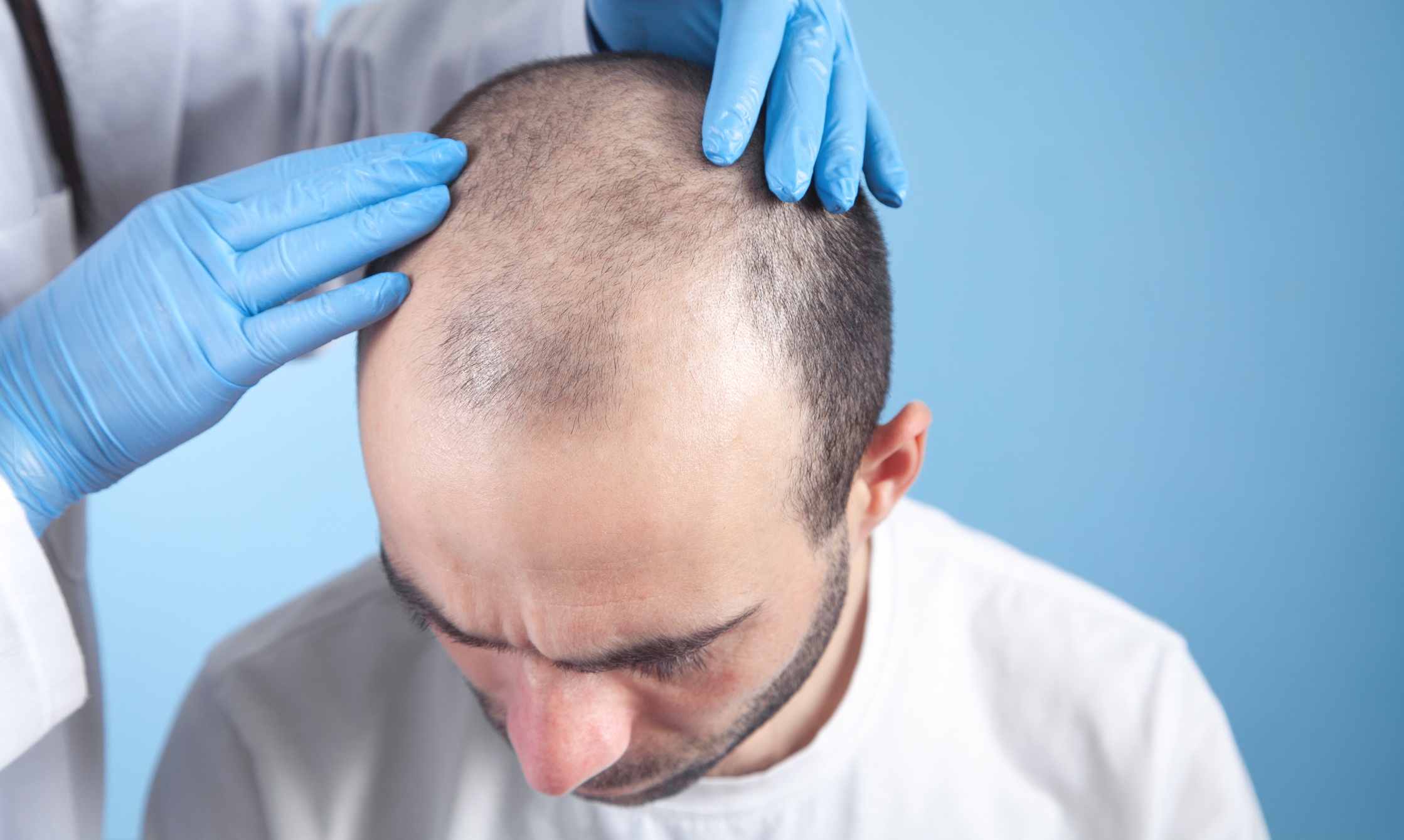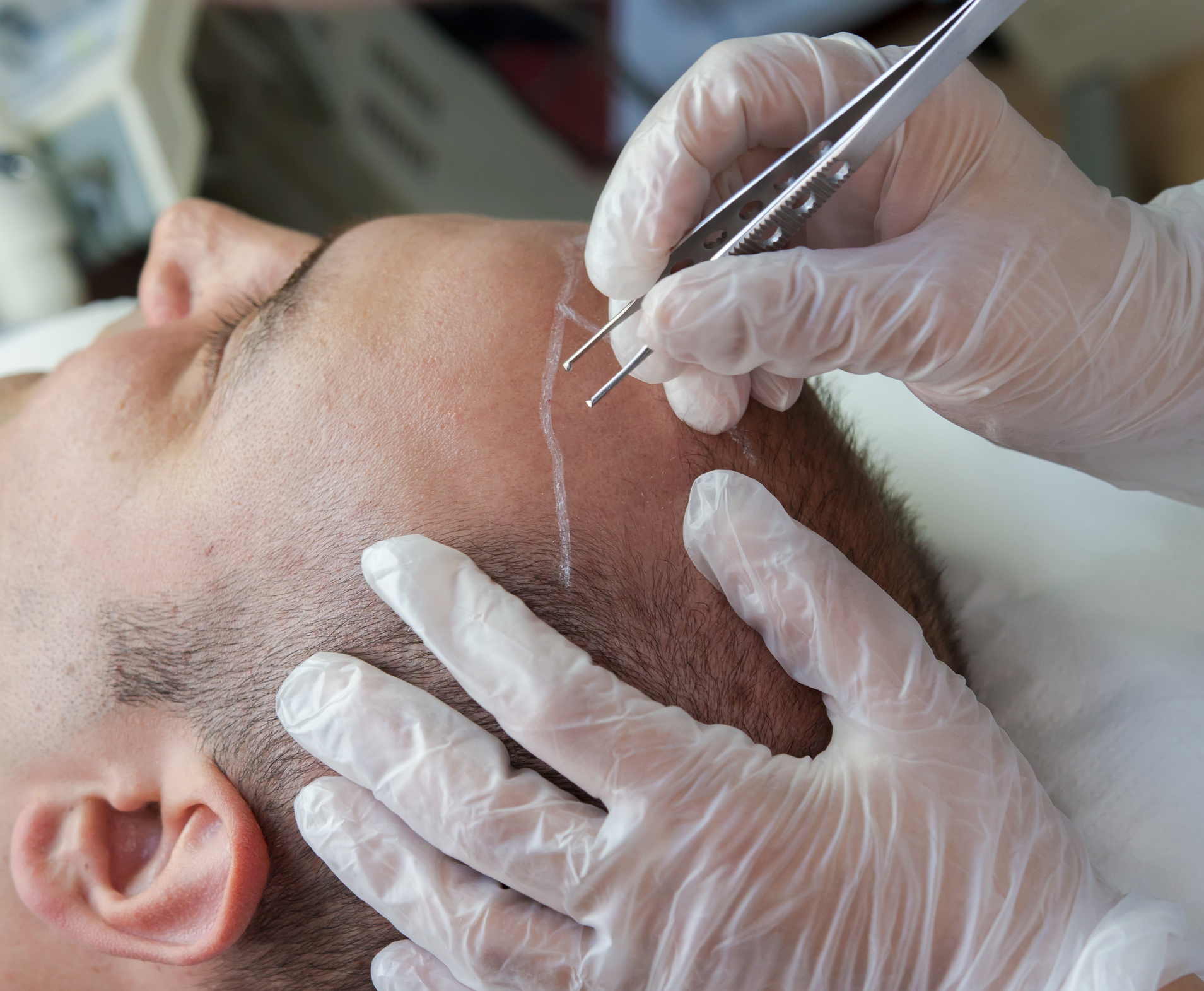Lip augmentation is one of the most popular cosmetic treatments out there. Just look around…

The Evolution of Hair Transplant Techniques: From FUT to FUE
Hair transplant surgery was once a field of limited options, tethered closely to rudimentary approaches that bore the burden of marked scarring and variable success. However, hair transplant techniques have evolved significantly over the years, with advancements in technology and techniques considerably improving patient outcomes.
The two primary methods in hair transplant surgery are Follicular Unit Transplantation (FUT) and Follicular Unit Extraction (FUE). Each technique has advantages and considerations, and understanding their differences is crucial for anyone considering a hair transplant.
In this blog, we will explore the evolution of hair transplant techniques, focusing on the transition from FUT to FUE, the various specifics of each method, the latest advancements in these techniques, and what future developments might hold for the field of hair transplantation.
Keep reading to learn more and discover the transformative world of hair transplant techniques at Vargas Face & Skin Center.
Understanding the Various Hair Transplants Methods
Traditionally, methods to tackle hair loss were rudimentary and often yielded unsatisfactory results. Recognizing the shortcomings of these early attempts is critical to appreciating the advanced techniques available today.
The inception of hair restoration methods brought about significant hope for those experiencing hair loss, yet they were far from perfect. Let’s take a look at some of the older techniques that paved the way for modern hair transplant surgery:
Punch Grafts: This early technique involved using round punches to extract hair-bearing sections of the scalp, which were then transplanted to balding areas. However, the outcome often looked unnatural, resembling the “dolls’ hair” effect.
Scalp Reduction: Scalp reduction surgery aims to reduce the area of baldness by surgically removing it and stretching the hair-bearing scalp to cover the gap. While this method could be strikingly effective for the right candidate, it also carries the risk of significant scarring and a noticeable stretched scalp appearance.
Flap Surgery: This involved moving a large portion of the hair-bearing scalp from the side to the balding area in one large flap. The results could be immediate and dramatic, but the procedure was complex and entailed a risk of complications, like flap failure or unnatural hair direction.
These early hair restoration methods paved the way for modern techniques, yet they left much to be desired. They often resulted in a compromise between hair density and aesthetic appeal due to prominent scarring and prolonged recovery periods. Nonetheless, understanding these foundational methods is essential for a comprehensive hair transplant surgery comparison and recognizing the significant leaps made in hair restoration.
What is Follicular Unit Transplantation?
Also referred to as the strip method, Follicular Unit Transplantation has been a cornerstone in hair restoration for years, offering hope to many dealing with hair loss. The follicular unit transplantation procedure is a time-tested method that entails a series of steps to move hair from a donor-rich area to the thinner or balding regions of your scalp. Here’s a breakdown of the FUT process:
Consultation: Initially, you’ll have a discussion with a hair transplantation specialist, who will evaluate your hair loss and determine if FUT is the best approach for your situation.
Preparation: On the day of the procedure, the hair at the donor site, usually the back of your head, is trimmed to facilitate the removal of the strip.
Donor Strip Removal: Your surgeon will then carefully excise a strip of scalp skin from the donor area. Though this creates a linear scar, it’s typically concealable beneath your existing hair.
Dissection: The excised strip is meticulously dissected under a microscope into individual follicular units, each containing 1-4 hair follicles.
Recipient Site Preparation: Small incisions are made at the recipient sites where hair loss is evident.
Transplantation: The prepared follicular units are strategically placed into incisions to achieve a natural-looking hair density and growth direction.
Closure: The donor area is expertly closed with sutures or staples, minimizing the visibility of the resultant linear scar.
Recovery: Recovery from the FUT procedure usually involves healing with post-operative care instructions to ensure the best possible outcome.
Patients considering the FUT hair transplant process should be aware of the recovery timeline and the presence of a permanent scar at the donor site. However, with advancements in technique and proper care, these concerns are often manageable for many individuals seeking a fuller head of hair.
Follicular Unit Extraction — A Modern Approach to Hair Restoration

Follicular Unit Extraction stands at the forefront of hair transplant technologies, offering an advanced solution for hair loss. It involves a minimally invasive technique that has transformed the landscape of hair restoration. It’s particularly favored for its ability to leave little to no visible scarring, and the intricacies of the FUE process are what set it apart from other methods.
Extraction: The surgeon gently extracts individual follicles from the donor site using a micro-punch tool. This step is performed with precision to ensure the integrity of each follicle.
Recipient Site Preparation: Tiny incisions are made in the recipient area, carefully planned to mimic natural hair growth patterns for a seamless result.
Placement of Follicles: Extracted follicles are then strategically placed into the prepared incisions, considering factors such as angle, depth, and density to create a natural and aesthetic hairline.
While the FUE hair transplant process can be time-consuming, it presents numerous benefits that make it an attractive option. Healing times are often faster, the absence of a linear scar allows for shorter hairstyles without visible scarring, and the level of discomfort during the recovery phase is generally minimal, allowing for a swift return to your daily activities.
How to Decide Between FUE and FUT
Several factors come into play when deciding between FUE vs FUT hair transplant options:
Scarring: FUT typically results in a linear scar at the donor site, whereas FUE can leave multiple small, dot-like scars scattered across a larger area.
Recovery Time: FUE generally offers a quicker recovery period than FUT due to the less invasive nature of the procedure.
Cost: The cost of each method can vary significantly, with FUE often being more expensive due to the meticulous nature of the procedure.
Procedure Duration: FUE procedures can take longer than FUT, as each follicle is individually extracted and transplanted.
Experience Personalized Care at Vargas Face & Skin Center
As you navigate which hair restoration option is best for you, you’ll find that the hair restoration methods are constantly being refined. Therefore, weighing these differences against your lifestyle, hair type, and aesthetic goals is essential to ensure your choice aligns with what’s most important for your situation. As with any medical procedure, consult a board-certified hair restoration specialist to determine whether FUE is optimal for your particular case.
At Vargas Face & Skin Center, we’re at the forefront of innovative hair restoration techniques, offering solutions that are effective and tailored to your unique needs. Led by Dr. Hannah Vargas, our skilled team ensures that each procedure is performed with the utmost precision, care, and cutting-edge technology to ensure you achieve the best possible results.
Contact us today to schedule your consultation and discover how we can help you on your journey to natural, long-lasting hair restoration.







